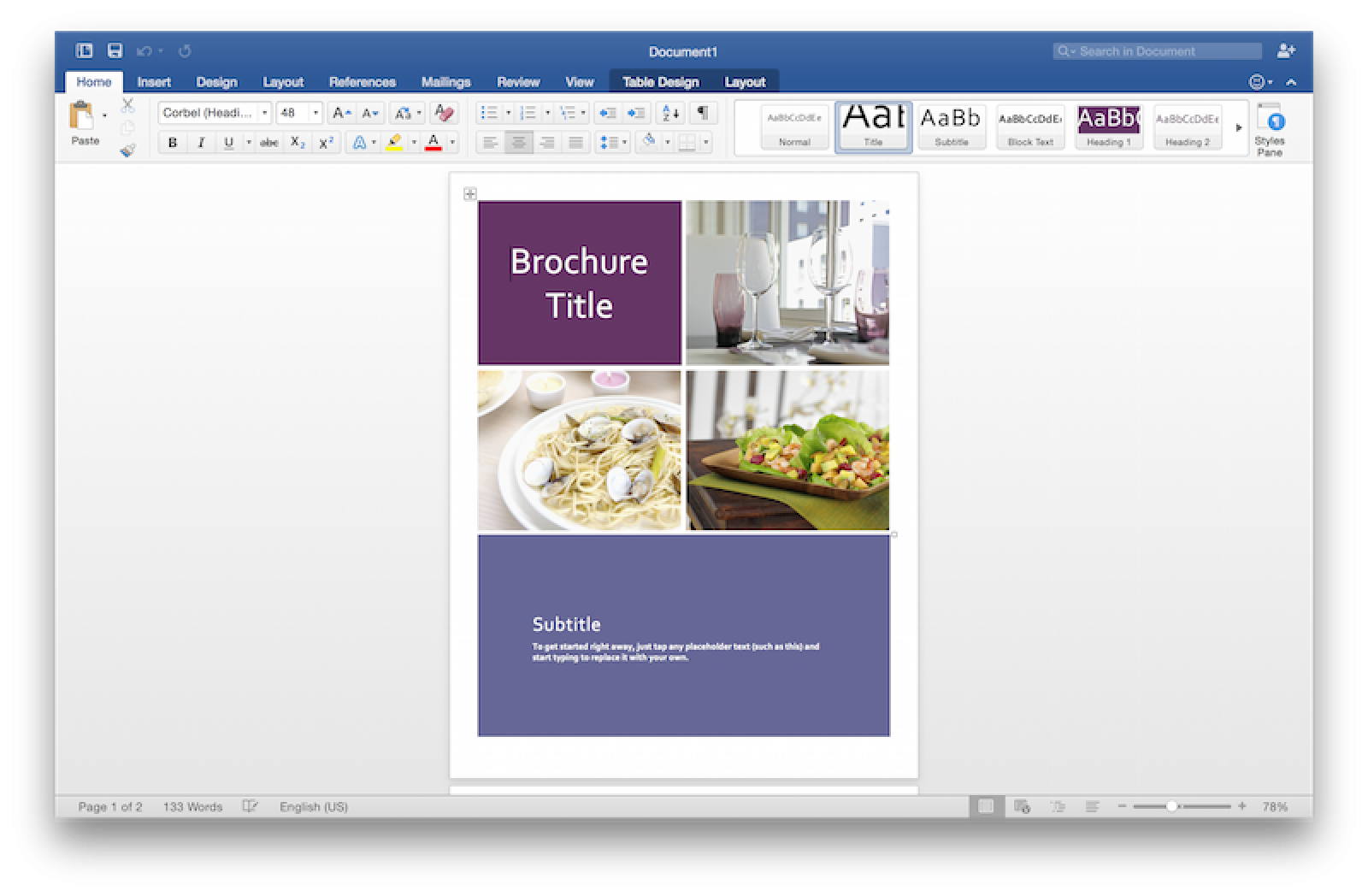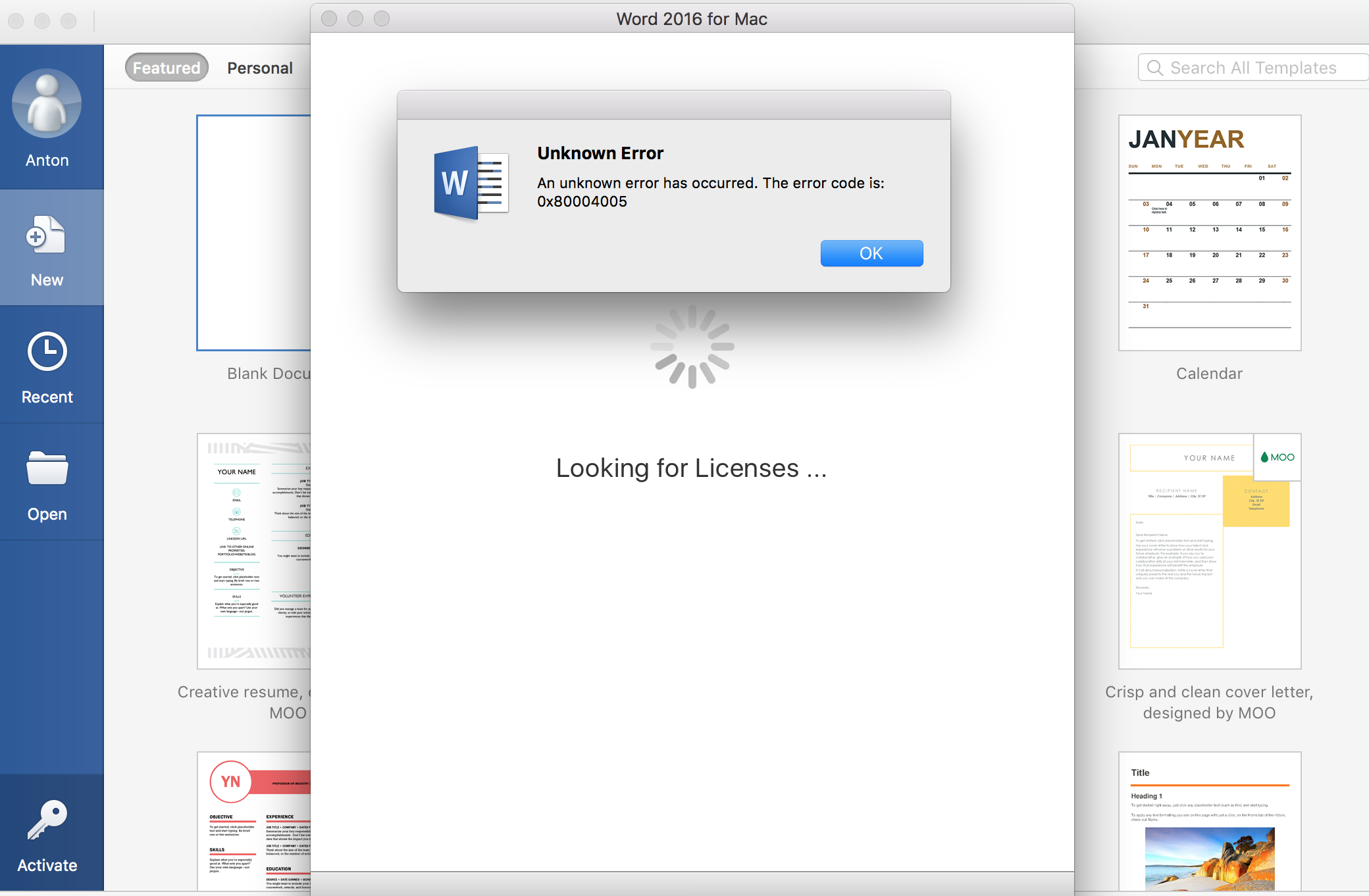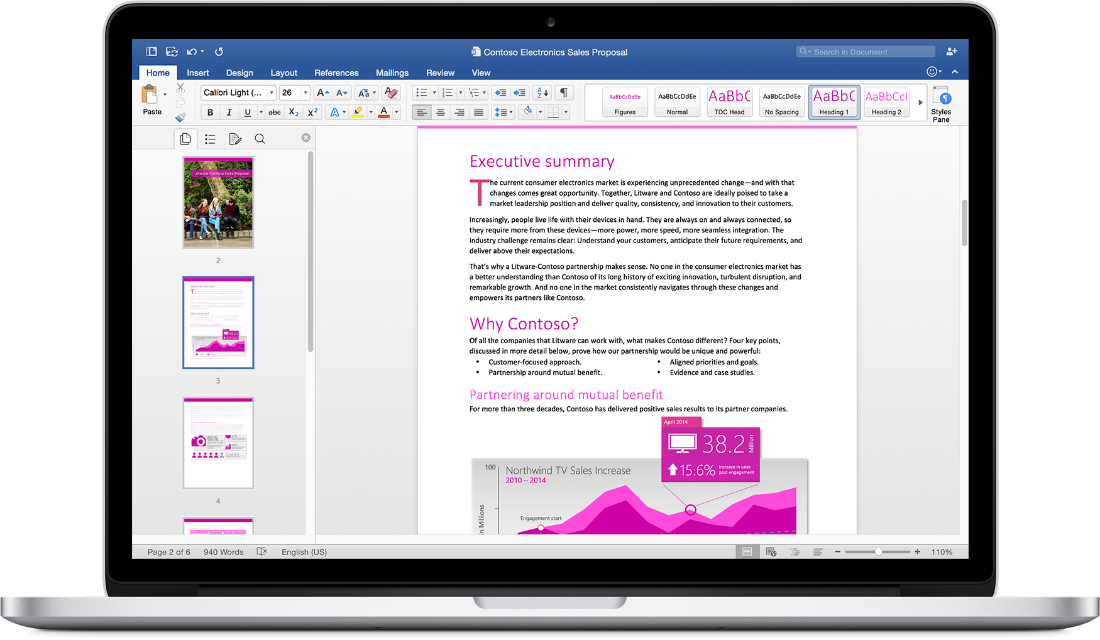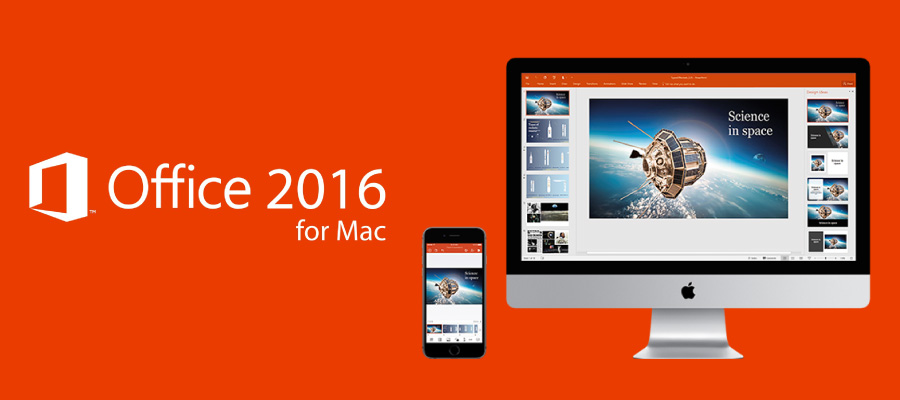Soon Microsoft are to release an update to the Office 2016 Volume License installer on VLSC.
Keep running Office 2016 on your Mac. Security updates will end on October 20, 2020, but the applications (Word, Excel, etc) will continue to run. If you are staff or faculty at Bren, you can upgrade this software yourself using your Microsoft 365 account and entitlement. Office 2016 comes with several new features and improvements. Although, this is not a new feature that blocks Office updates, but still you can make use of this option. Therefore, to use the built-in option of Office 2016, go through the following guide. The identifiers for the Office apps, such as Word and Outlook, can be used for Office for Mac (from an Office 365 or Microsoft 365 subscription plan) or for Office 2019 for Mac (either a retail or a volume licensed version). If an update is pending for MAU itself, that update must be applied before any applications can be updated.
This update is 15.17 & is the first that has a few changes that may affect the way you deploy Office 2016.
These changes are going to be later enforced in 15.20 & onwards. Below are some details on the changes, some of the why & how via the power of the MacAdmins.org Slack & the awesome @pbowden that some of us have had a sneak peek.
Contents
- 1 What’s Changing?
When you download the .iso from VLSC you’ll notice two packages within it:
The change is the new second pkg: “Microsoft_Office_2016_VL_Serializer.pkg”
What’s that about?
Well, for a while now it’s been fairly common practice to deploy the Office license to Macs outside of the Office installers or updates.
This came about as on occasion an Office Update or Installer would delete the file.
However, whilst the deletion itself was a bug, the ability to use the license.plist across Macs was also a bug.

What is it & should I use it?
With Office 2016, Microsoft are moving to a device based serialisation method. Which means that deploying the plist /Library/Preferences/com.microsoft.office.licensingv2.plist will no longer work.
This device based serialisation is based around the generating a license on the Mac that is to be running Office 2016.
So if you employ monolithic imaging or deploy Office 2016 via a Composer snap shot etc, the serialisation will not work. (Please don’t deploy Office 2016 via a Composer snap shot, use the pkg).
Also, if you install Office 2016 whilst booted to another volume (as in when installing via a NetBoot or NetInstall volume or something like Target Mode Imaging), again the serialisation will not work.
To install Office 2016 from another volume & have the serialisation work, cache it locally on the Mac being imaged & install on first boot or if using Casper Imaging check “Install on boot drive after Imaging” for the PKG from within Casper Admin.
However, to enable Office 2016 to be correctly licensed in the multitude of deployment scenarios that we mac admins employ, @pbowden & his team have created the “Microsoft_Office_2016_VL_Serializer.pkg”
Running this will correctly serialise the Office 2016 suite, & should be run from the Mac that’s running the suite. So again, can be added post imaging & then the suite will be correctly serialised.

To be clear, this will only affect you if using the Volume Licensed version of Office 2016 & not the Office365 version.
What happens if I carry on copying the licensing.plist?
For now, not much.
15.17 is the first release with the “Microsoft_Office_2016_VL_Serializer.pkg”, from 15.20 (scheduled for Q1 2016) you will have to use the correct license.
How did people find this out?
Well a little over a month ago a gentleman with the nick @pbowden hopped into the #microsoft-office channel on the MacAdmins.org Slack, this was awesome as @pbowden is a: Software engineer for Office for Mac/iOS at Microsoft, a fellow Brit & nice guy.
It’s been a great few weeks with the community sharing feedback with @pbowden & some of us being able to test pre-release installers for Office.
I hope this warning has been as helpful to you, as it was when @pbowden shared it with us.
Currently Technology supports two versions of Microsoft Office - 2011 and 2016. As of December 31, the Technology Department will no longer support Office 2011.
What does this mean for you?
If you haven’t updated to Office 2016, plan to run this update from Self Service at a time of your preference. This software update will be optional through Fall 2018, then all staff will be expected to complete the update by December 31, 2018. In January 2019, Office 2011 will automatically be replaced by Office 2016 on any remaining computers that have not received the update.
How do I update my Mac to Office 2016?
1. Your computer must be on the district network to run this update.
2. Save all documents and quit Word, Excel, and Powerpoint.
3. Plan to be without your computer for 10-20 minutes.
4. Launch Self Service, and SELECT “Microsoft Office 2016 Suite” from the list on the right.
(KB Article 555 - How do I use Self Service to install applications on my Mac?)
5. Click Install.
6. The update is complete when you see new Office application icons in your dock. If you are missing Office 2016 application icons from your dock, you can drag the Office application from the Applications folder to the dock.
7. When you open Office 2016 for the first time you will need to navigate through the 'What's New' pop-ups. Choose 'Skip sign in' when prompted to sign in to access cloud storage.
(See KB Article 702 for more information).
Receiving prompts from Office to update after you’ve moved to Office 2016?
Follow the directions in this KB 719, How do I remove the Microsoft Office Update reminder notice?
Unsure what version of Office is on your Mac?
Microsoft Office 2016 Mac Updates
1. Open Word.

2. Click Word in the menu bar and select “About Word.”
3. If the information in the pop up window displays “Microsoft Word for Mac 2011,” this means you should update! If it displays “Version 15.35” or higher then your device has already been updated to Office 2016.
Office 2016 Mac Upgrade From 2011

Resources to support your transition:
Office 2016 Mac Update Download
Hoonuit Training Series: Office 2016 for Mac Upgrade Resources - Curated resources to support the transition from Office 2011 to 2016, highlighting some of the biggest changes and features of Office 2016.
Your Building STS - STSs have completed the upgrade to Office 2016 and can support you with the update process as well as any questions you may have about using Word, Excel, or PowerPoint 2016.
